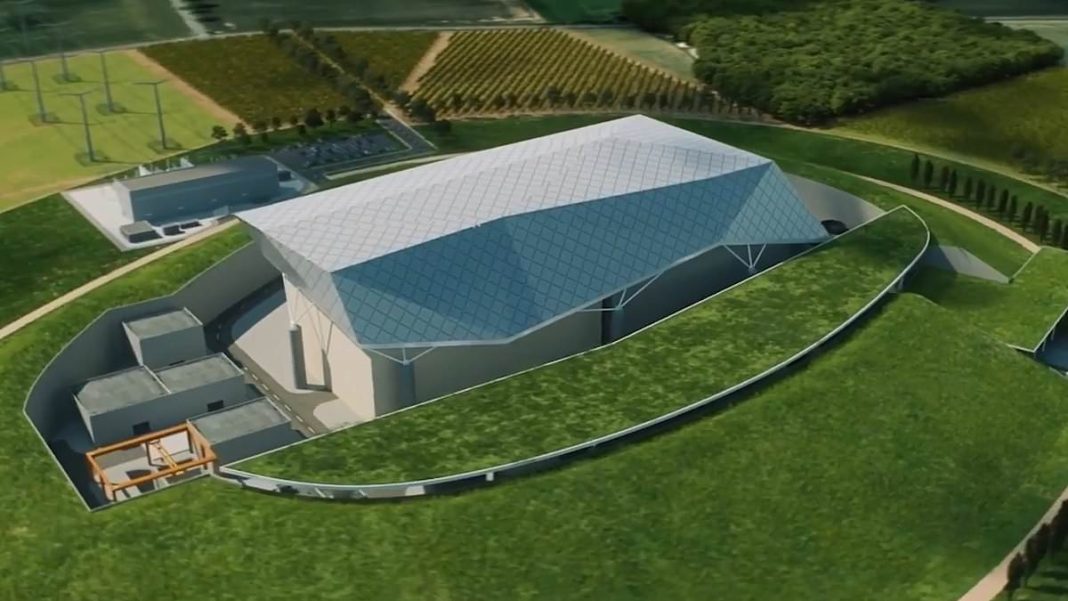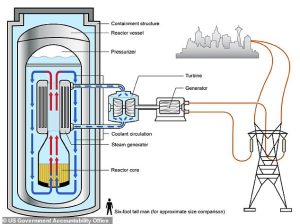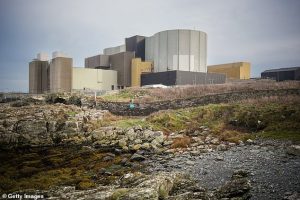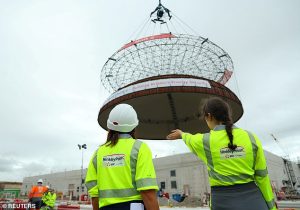Britain’s First Mini Nuclear Power Station Approved for North Wales
The UK government has approved Britain’s first mini nuclear power station at Wylfa, North Wales, with three small modular reactors set to power up to 3 million homes from the mid-2030s.
Key Takeaways
- Three Rolls-Royce SMRs to be built at Wylfa, Anglesey
- Each reactor powers 1 million homes for 60+ years
- £2.5 billion government funding allocated
- Project to create 3,000 local construction jobs
- Power generation expected from mid-2030s
Designed and manufactured by Rolls-Royce, the small modular reactors (SMRs) represent a significant shift in UK nuclear strategy. Each unit will generate enough electricity for approximately one million households, with the entire facility covering an area roughly equivalent to two football pitches.
What Makes SMRs Different?
Small modular reactors are factory-built nuclear units with a maximum capacity of 300 megawatts each – about one-third the size of traditional nuclear reactors. Their modular design allows for faster construction and potentially lower costs compared to conventional plants like Hinkley Point C.
Simon Bowen, chair of Great British Energy-Nuclear, described the announcement as a “historic moment for the UK.” He stated: “Wylfa has a proud history of nuclear excellence, and we’re excited to build on that foundation to deliver jobs, training, and low-carbon energy for generations to come.”
Controversy and Criticism
Despite government enthusiasm, the project faces significant criticism. Ed Lyman, director of nuclear power safety at the Union of Concerned Scientists, called the “hype surrounding SMRs way overblown.” He argued they are “not more economical than large reactors,” “not generally safer or more secure,” and won’t “reduce the problem of what to do with radioactive waste.”
Additional concerns include:
- Potential high costs due to limited economy of scale
- Nuclear waste management challenges
- Vulnerability to extreme weather events
- Limited operational experience worldwide
The development has also sparked diplomatic tension, with US Ambassador Warren Stephens expressing “extreme disappointment” that American firm Westinghouse wasn’t selected for a larger reactor project at the site.
Global SMR Development
Internationally, SMR projects are advancing in China and Russia, while in the United States, TerraPower has applied for permits to build a 345-megawatt unit. Technology giant Google is backing seven SMRs from Kairos Power to energy its data centers, highlighting the growing corporate interest in small-scale nuclear energy.
The Wylfa project marks a crucial test for SMR technology’s viability as the UK seeks to achieve energy security and net-zero targets while revitalizing its nuclear industry.








